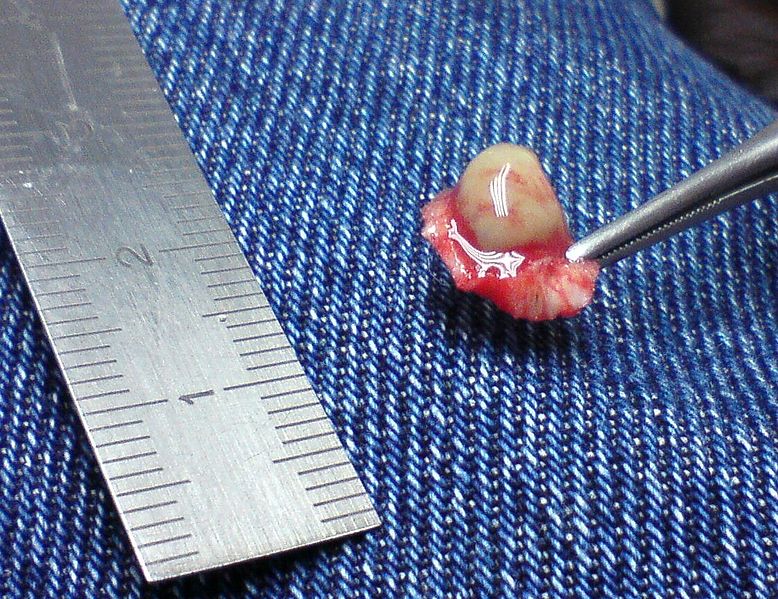Plantar wart surgery
Jump to navigation
Jump to search
|
Plantar wart Microchapters |
|
Diagnosis |
|---|
|
Treatment |
|
Case Studies |
|
Plantar wart surgery On the Web |
|
American Roentgen Ray Society Images of Plantar wart surgery |
Editor-In-Chief: C. Michael Gibson, M.S., M.D. [1]
Surgery
The American Family Physician recommends:
| First-line therapy | Over the counter salicylic acid |
| Second-line therapy | Cryosurgery, intralesional immunotherapy, or pulsed dye laser therapy |
| Third-line therapy | Bleomycin, surgical excision |

- Liquid nitrogen : Cryosurgery with liquid nitrogen. A common treatment that works by producing a blister under the wart. It is painful but usually nonscarring.
- Electrodesiccation and surgical excision produce scarring. If the wart recurs, the patient has a permanent scar along with the wart.
- Lasers may be effective, especially the 585nm pulsed dye laser which the most effective treatment of all, and does not leave scars, but is generally a last resort treatment as it is expensive and painful, and multiple laser treatments are required (generally 4-6 treatments repeated once a month until the wart disappears).
- Cauterization - This may be effective as a prolonged treatment. As a short-term treatment, cauterization of the base with anaesthetic can be effective, but this method risks scars or keloids. Subsequent surgical removal is unnecessary, and risks keloids and recurrence in the operative scar.
Video Demonstrating Cryosurgical Removal of a Plantar Wart
{{#ev:youtube|IM-h9Sv-z3M}}
Video Demonstrating the Surgical Excision of a Large Plantar Wart
{{#ev:youtube|g1g3DzM7rz8}}